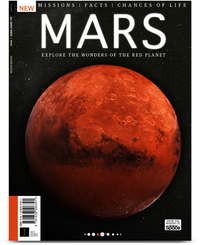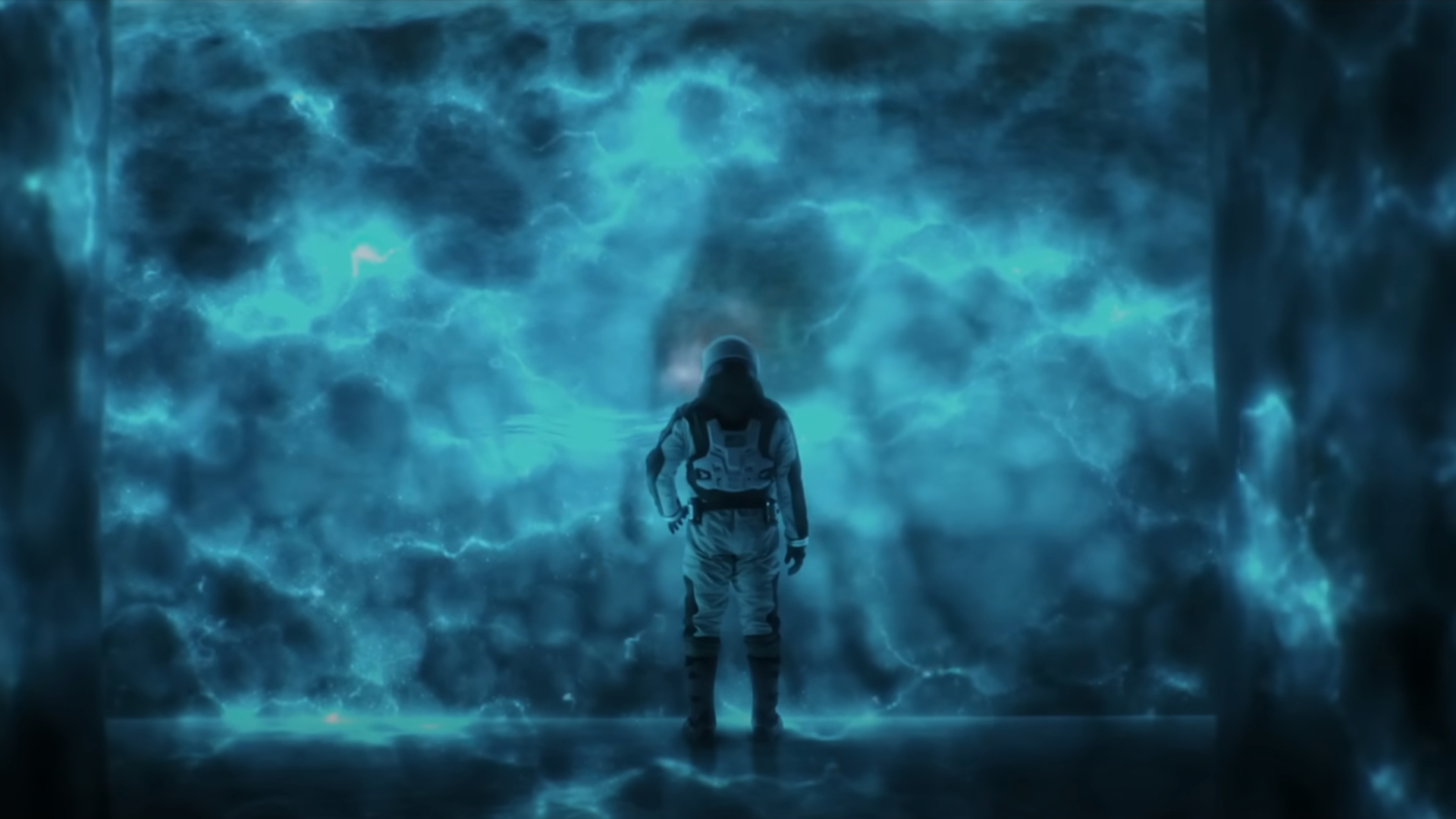What didn't kill us on 'Mars' only made us stronger — Commander's report: sol 13
Living with the bare minimum taught the Valoria 1 crew valuable lessons in life.

Dr. Michaela Musilova is the director of Hawaii Space Exploration Analog and Simulation (HI-SEAS) program, which conducts analog missions to the moon and Mars for scientific research at a habitat on the volcano Mauna Loa. Currently, she is in command of the two-week Valoria 1 mission and contributed this report to Space.com's Expert Voices: Op-Ed & Insights.
Commander's report for the Valoria 1 Mars mission at HI-SEAS
Sol 13 (Jan. 30, 2021)
We survived. We survived not only the night, but the rest of our mission. Our stay on Mars wasn't the smoothest ride. However, as they say, smooth seas don't make good sailors. An easy mission would not have provided us with the necessary survival training in extreme environments that we were all after. Together, we were able to make sacrifices and find solutions to all of our problems as a team. It was in the darkest and coldest hours, quite literally, that we bonded the most and realized how much we need one another on Mars to accomplish our mission goals.
Our mission's themes resemble the first Star Wars movies to some degree. As Science Communication Officer Hillary Coe put it, the crew first went through a phase of "a new hope." That was when we thought that we could repair our backup generator to fix our low-power mode issue, which was due to a huge dust storm on Mars (aka rain storm on the Big Island of Hawaii). Our solar panels couldn't provide us with enough power to survive in the habitat when the storm was raging for days on end, as per my previous commander's report on sol 8.
Related: The Valoria 1 crew is fighting to survive the night — Commander's report: sol 8
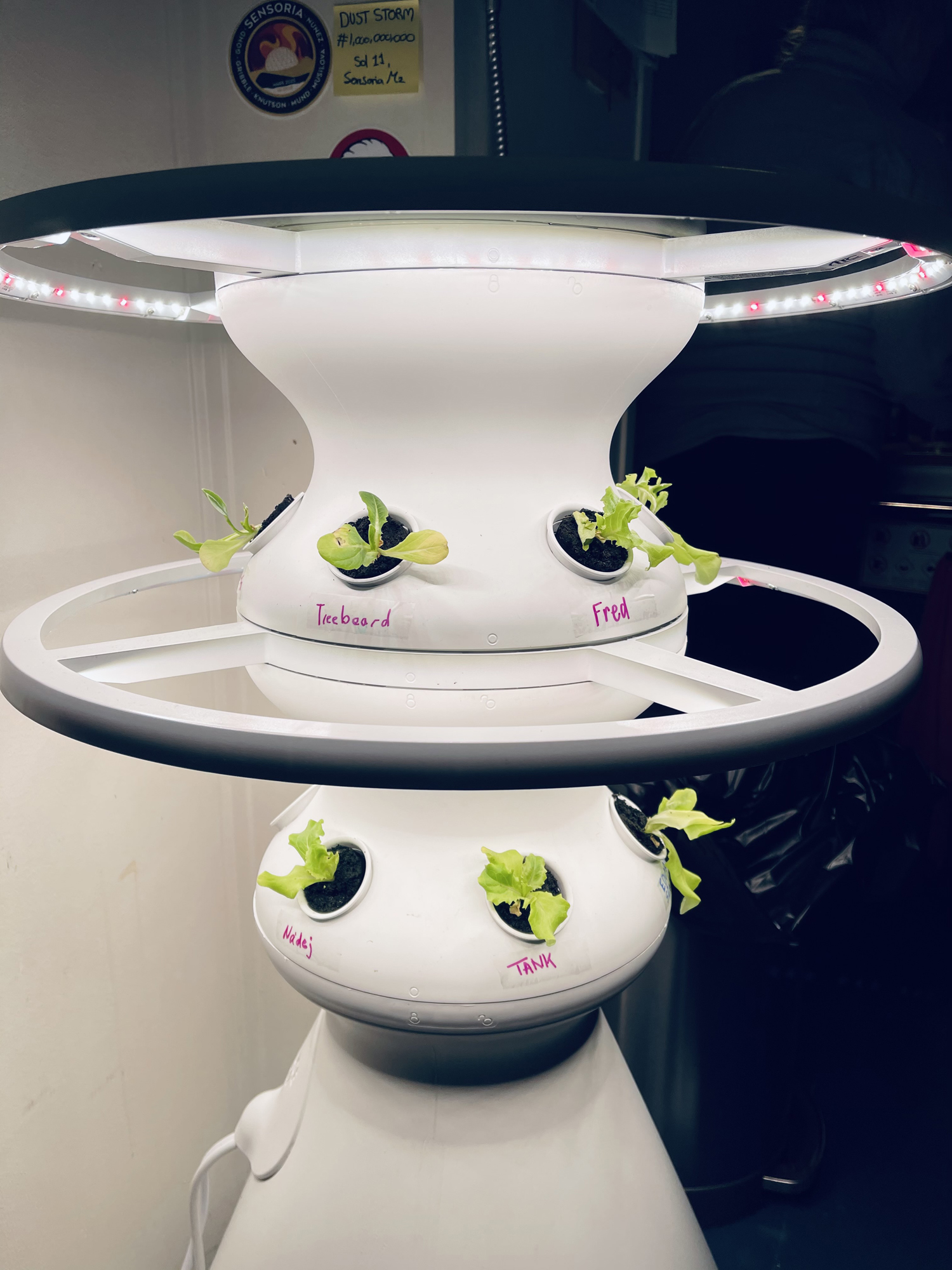
Book of Mars: $22.99 at Magazines Direct
Within 148 pages, explore the mysteries of Mars. With the latest generation of rovers, landers and orbiters heading to the Red Planet, we're discovering even more of this world's secrets than ever before. Find out about its landscape and formation, discover the truth about water on Mars and the search for life, and explore the possibility that the fourth rock from the sun may one day be our next home.
Drones from a nearby martian station came to help us (aka engineers from the HI-SEAS staff team). Alas, even the drones couldn't fix the problem with the generator during the storm. This phase was called: "The generator strikes back." While the crew was a bit disheartened, we were most concerned about the different salads that we were growing in our LettuceGrow hydroponic greenhouse. Due to the ultra-low power mode during that phase, the greenhouse was turned off. The plants were therefore relying primarily on solar rays coming through our small window and the manual watering by Officer Coe.
Breaking space news, the latest updates on rocket launches, skywatching events and more!
By that point, my crewmembers had grown very attached to the plants. They even named them. Under peer pressure, I also named one of the salads "Nádej," which means "hope" in my mother tongue Slovak. It thus joined the ranks of Treebeard, Gangsta-G, Sally the Salad, Tank and others. Thanks to a collaboration with the Australian educational program STEM Punks, we had a variety of micro sensors that we could use to monitor different environmental conditions of the plants' soil, such as soil moisture and temperature.
While the plants seemed to be powering through the super low power mode in the habitat, the crew remained very concerned until the final phase of our martian space adventure: "The return of the power." The drones were able to fix the problem with the generator and the dust storm finally calmed down, allowing us to go into "just" low power mode. The plants survived and so did we.
Related: How to grow crops on Mars

What didn't kill us made us stronger — as people and as a space family. This was in part due to everyone's selfless contributions to the mission hoping to help every team member and make our habitat become a home for us, despite the extreme conditions. It was also thanks to the personal story sharing that I encouraged the crew to do. We talked about our passions, plans for the future and what made us become who we are. I am very grateful to the crew for listening to my story, which I shared together with pictures and my biography "The Woman from Mars" ("Žena z Marsu").
I'll never forget the joy on everyone's faces when I announced that we finally had enough power to make hot water for tea and coffee. As silly as that may sound, people sometimes need to be exposed to extreme situations to start valuing the simplest things in life: hot water, hot food and other people's company. The crew rejoiced some more when I was able to increase our temperature in the HI-SEAS habitat by a couple more degrees than the 59 degrees Fahrenheit (15 degrees Celsius) that it was set at during our power crisis.
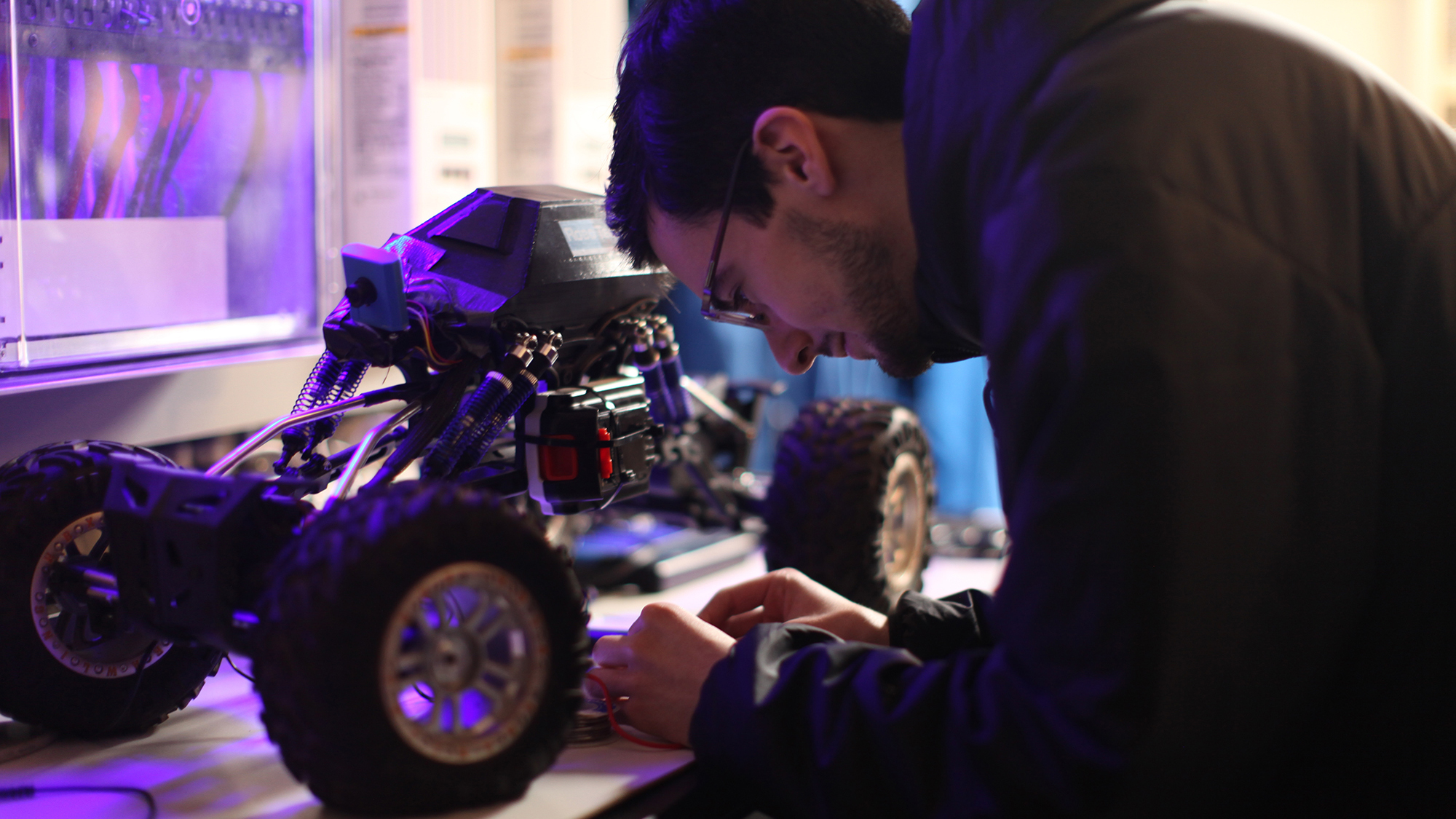
What made me laugh the most was when everyone was ecstatic by being able to shower for 1.5 minutes using a peanut butter can! The crew is only allowed to use less than 100 gallons (380 liters) every two weeks during their simulated martian mission, so showers usually get sacrificed in favor of saving as much water as possible for drinking and cooking. The Valoria 1 crew did such an amazing job saving water when cooking and cleaning the dishes that we had some water to spare for these so-called "bucket showers." Again, it's the small things in life that many people don't seem to realize and appreciate back on Earth until they're taken away from them.
"The return of the power" was not a straightforward phase though, as the weather continued to torment us until the very end of our mission. Nevertheless, we were able to fit in several Marswalks during the short gaps between martian dust storms. During one Marswalk, Engineering Officer Michael Barton tested the rover called Androver, by the Slovak company RoboTech Vision, in the challenging volcanic terrain on the volcano Mons Huygens (or Mauna Loa in Hawaii). The rover was able to overcome most obstacles successfully, while being remotely operated from within the habitat.
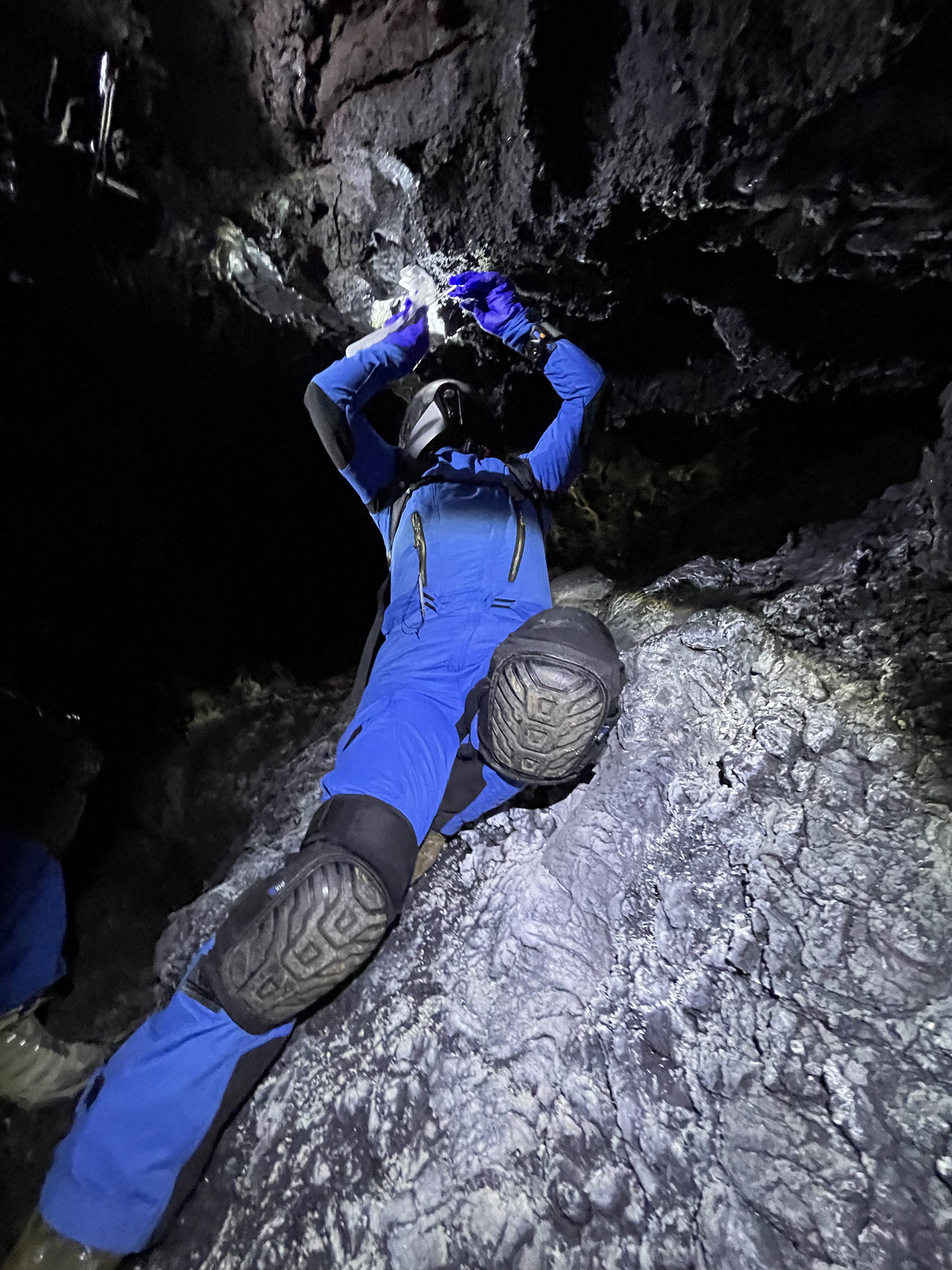
I was also able to collect samples of microbes from nearby lava caves during a Marswalk for astrobiology research. These extremophiles, extreme lifeforms, could potentially exist in lava caves on Mars. For these reasons, I have collaborations with teams at NASA Goddard and Honeybee Robotics to better understand how microbes can survive in these environments, and what tools we'll need to find and collect them on Mars. Operations Officer Karin Metzgar was also able to create 3D models of the HI-SEAS habitat, as a test for collecting such data from lava caves. Her data could be incorporated into drones or robots to assist in obstacle avoidance and remote mapping of less accessible locations for humans.
Commander Musilova signing off to enjoy one last day on Mars with the Valoria 1 crew and the very appropriate martian movie screening of Die Hard.
Follow Michaela Musilova on Twitter @astro_Michaela. Follow us on Twitter @Spacedotcom and on Facebook.
Join our Space Forums to keep talking space on the latest missions, night sky and more! And if you have a news tip, correction or comment, let us know at: community@space.com.
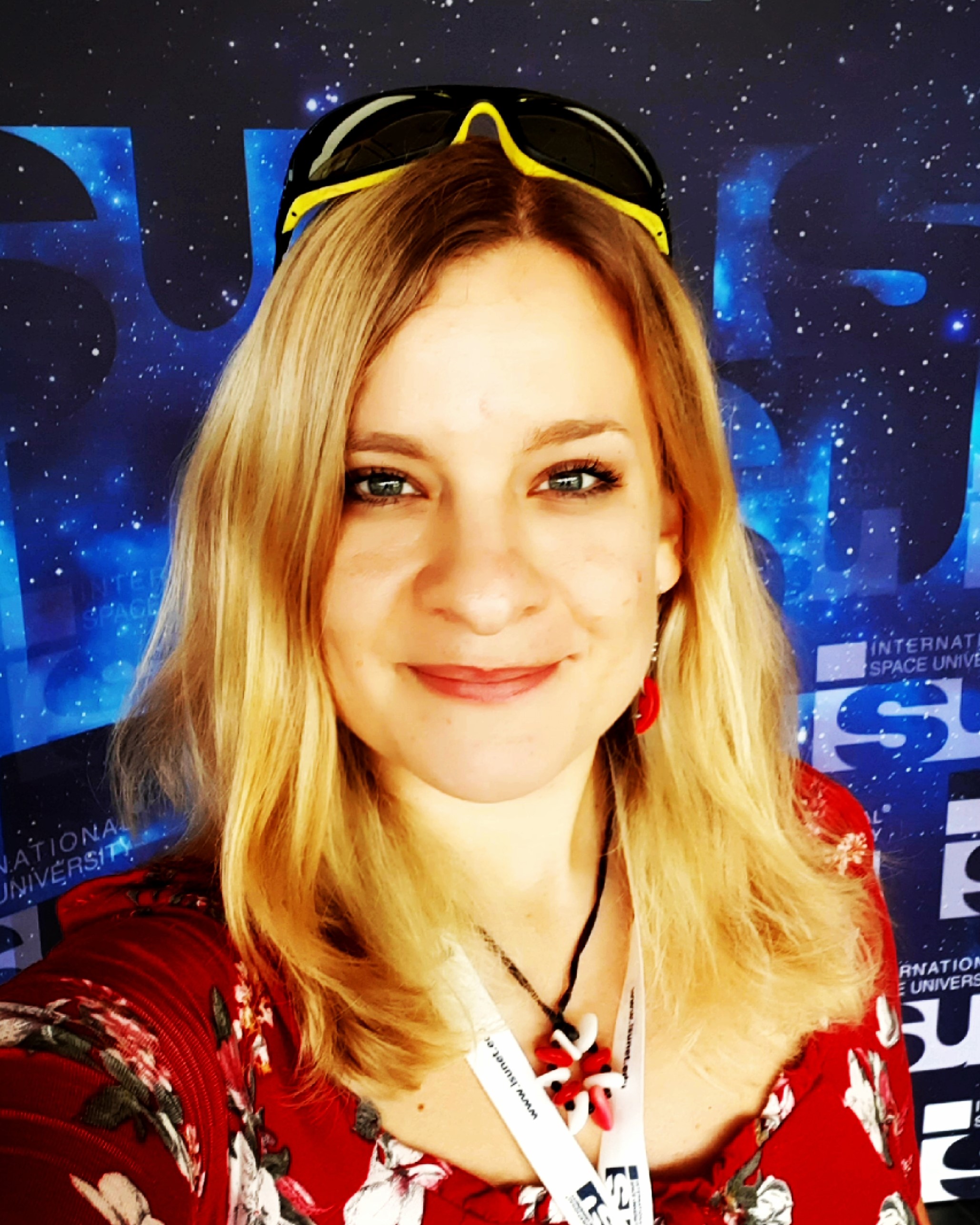
Dr. Michaela Musilova is an astrobiologist with a focus on life in extreme environments. She has a PhD degree from the University of Bristol and is a graduate from the International Space University's (ISU) Space Studies Program. Michaela's space research experience includes working at the NASA Jet Propulsion Laboratory, University of London Observatory, Canada-France-Hawaii Telescope, on NASA's and the U.K. Space Agency's MoonLite project, being an analogue astronaut and Commander of numerous simulated missions to the moon and Mars at the HI-SEAS station in Hawaii, and at the Mars Desert Research Station in Utah. Michaela is currently the Director of HI-SEAS, as part of the International MoonBase Alliance. She is also a visiting Professor at the Slovak University of Technology, Vice-Chair of the Slovak Organisation for Space Activities, Adjunct Faculty at ISU and the Senior Research Adviser for Mission Control Space Services Inc.
She has received numerous prizes and grants, including the Emerging Space Leaders Grant from the International Astronautical Federation (2016) and the Women in Aerospace – Europe Young Professional Award (2016), and she was selected as one of the most promising 30 under 30 by Forbes Slovakia (2015). Michaela is also actively involved in the Duke of Edinburgh's International Award, as a patron of the program in Slovakia and an Emerging Leader Representative for Europe, Mediterranean and Arab states. Furthermore, she enjoys participating in STEAM outreach activities from teaching at schools, giving public presentations, to working with the media and more, as well as encouraging people to pursue their dreams. For instance, she is an Advisory Board Member of the STEM Punks immersive programs for students and teachers.
